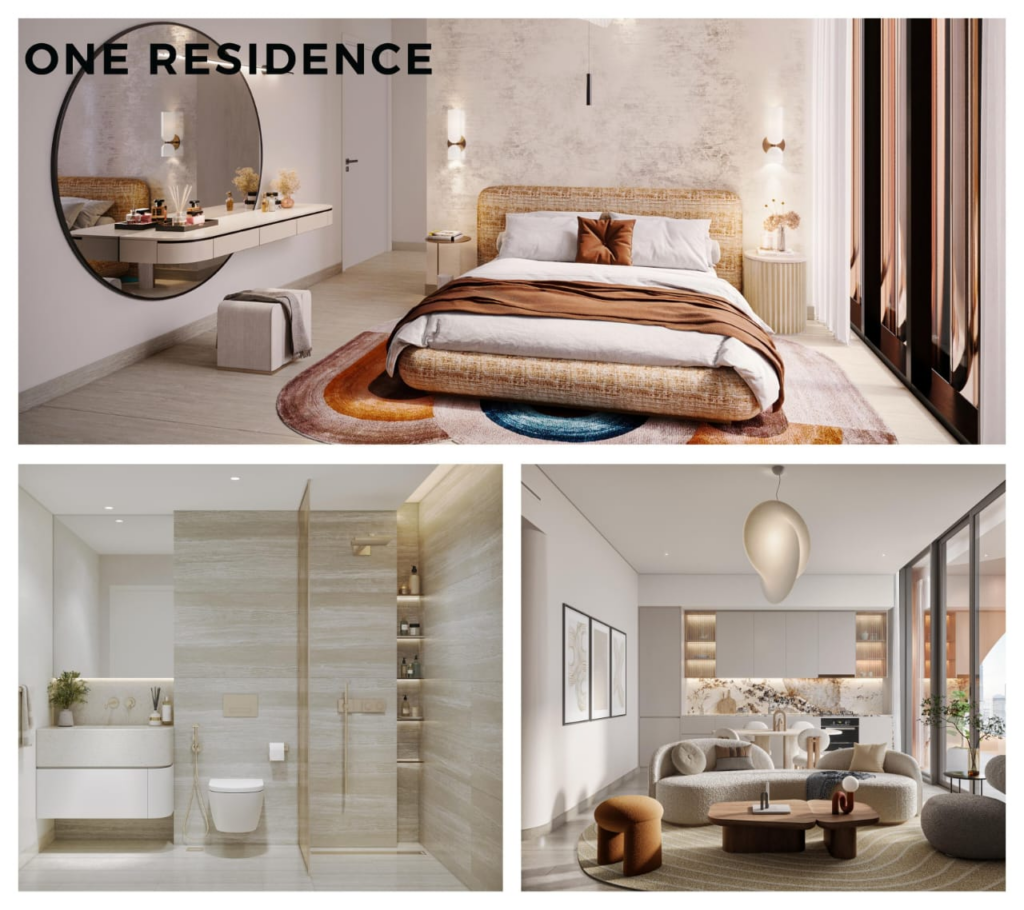Creating a home is a deeply personal endeavor that goes beyond mere bricks and mortar. A residence is not just a physical space – it is a reflection of our innermost selves, a sanctuary where we can truly be ourselves. Each room, each corner tells a story, weaving together memories, dreams, and aspirations. It is within the walls of our residence that we find solace, comfort, and a sense of belonging. In this fast-paced world, our residence becomes our anchor, a place where we can retreat, recharge, and reconnect with what truly matters.

Historical Perspective
Throughout history, the concept of residence has evolved significantly. In ancient civilizations, homes were often basic structures made of natural materials like mud and wood. These dwellings served primarily as shelters, providing safety and protection from the elements. One residence
As societies advanced, so did the architectural designs of residences. The Greeks and Romans, for example, built elaborate structures such as villas and palaces to showcase their wealth and status. These homes were adorned with intricate decorations and luxurious amenities, reflecting the values and priorities of the people who inhabited them.
In the Middle Ages, residences took on a more communal aspect, with large manor houses housing extended families and servants. These grand estates were often fortified and designed to withstand external threats, emphasizing the importance of security and social hierarchy in the medieval period.
Design Elements
When considering the design elements of a residence, it is important to focus on creating a harmonious balance between functionality and aesthetics. Each element, from the furniture to the color scheme, plays a crucial role in shaping the overall ambiance of the space.
One key aspect to pay attention to is the layout of the residence. The arrangement of furniture and the flow of space can greatly impact how inviting and comfortable the home feels. Thoughtful placement of items can enhance the functionality of different areas while also creating a cohesive look throughout.
Another vital design element to consider is lighting. Proper lighting can transform the mood of a room, highlighting specific features or creating a warm and cozy atmosphere. Whether through natural light sources or strategically placed fixtures, lighting choices can significantly impact the feel of a residence.
Creating a Personal Sanctum
Designing a personal sanctuary within your residence is vital for fostering a sense of peace and belonging. A well-curated space can reflect your personality and provide a haven from the external chaos. Selecting decor that resonates with you on a deep level can transform a mere living space into a sanctuary that nurtures your soul.
Incorporating elements that evoke positive emotions can enhance the ambiance of your personal sanctum. Consider adding soft lighting, comfortable seating, and personal mementos that hold sentimental value. By infusing your space with objects that bring joy and comfort, you create an environment that supports your well-being and encourages relaxation.
Furthermore, organizing your personal sanctum in a way that promotes functionality and serenity is key to maximizing its impact. Simplifying your space, decluttering, and maintaining a sense of order can contribute to a calmer mindset. By arranging furniture and decor thoughtfully, you can optimize flow and create a harmonious atmosphere that nurtures both body and spirit.
